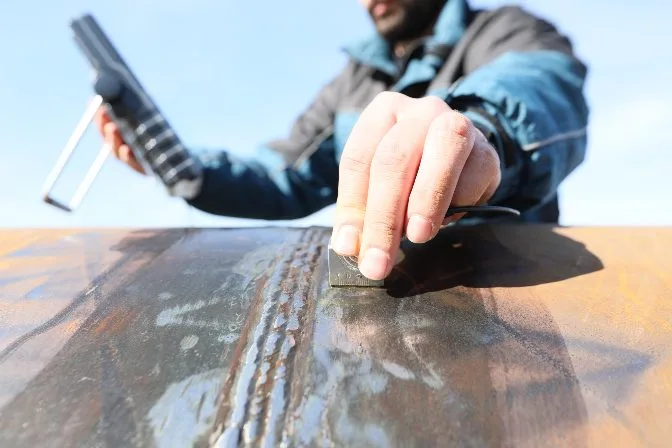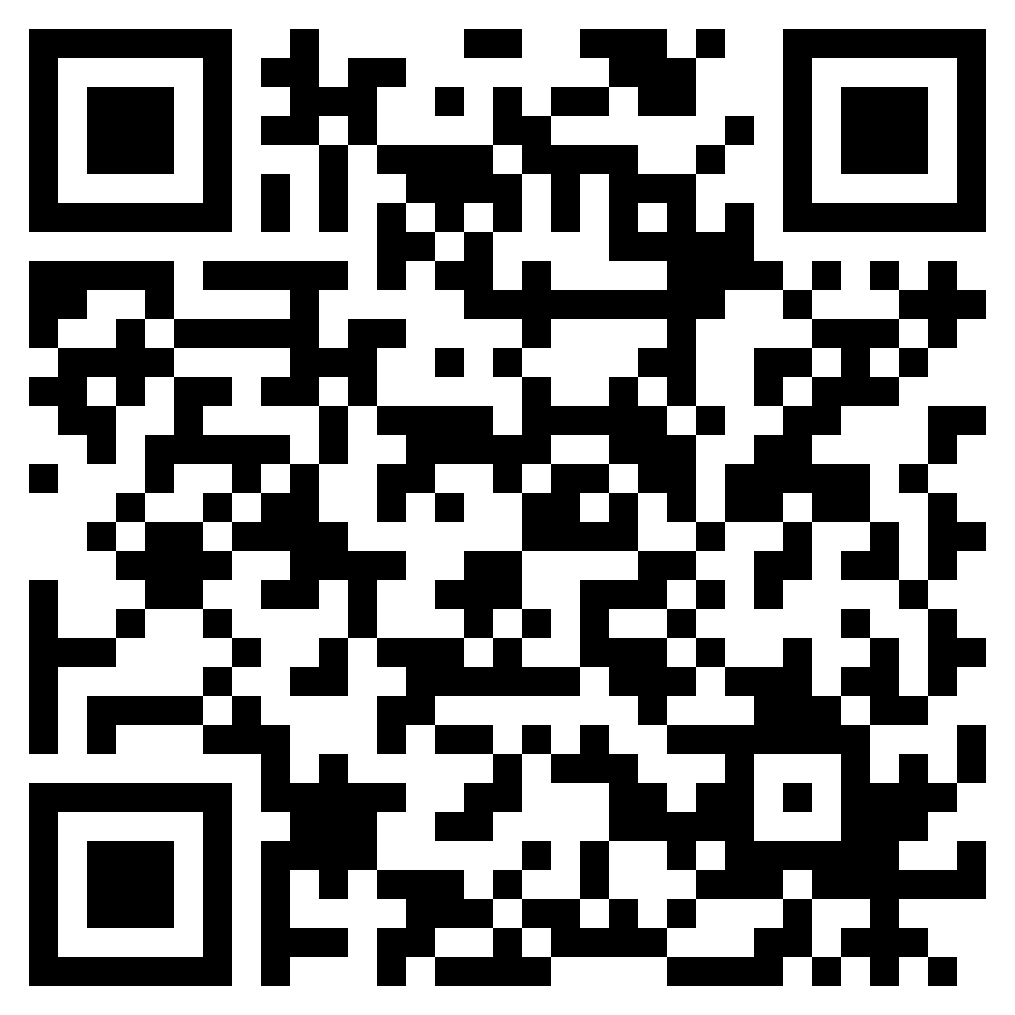Top Advantages of Hiring Welding Inspection Milwaukee for Your Next Task
Top Advantages of Hiring Welding Inspection Milwaukee for Your Next Task
Blog Article

Exploring the Various Approaches and Standards of Welding Examination for Achieving Conformity and Dependability in Design Applications
The importance of welding inspection in engineering applications can not be overstated, as it works as a critical protect for ensuring structural stability and compliance with sector criteria. Different approaches, including visual assessment and advanced non-destructive screening methods, offer vital insights into the top quality of welds. Adherence to recognized regulative standards such as those from AWS and ASME develops a framework for liability and quality. However, the landscape of welding examination is constantly evolving, prompting a more detailed assessment of arising methods and their implications for design dependability. What might these developments involve for future tasks?
Importance of Welding Assessment
Welding inspection plays an essential duty in guaranteeing the integrity and safety and security of bonded structures. This process includes the methodical examination of welds to validate conformity with fixed criteria and requirements. The value of welding inspection can not be overstated, as it functions as a guard against potential failings that can result from poor welding methods. Through rigorous assessment, defects such as fractures, gaps, and poor blend can be identified early, thus protecting against disastrous failures that may result in architectural collapse or safety and security hazards.
Moreover, welding examination is crucial for preserving quality assurance throughout the welding procedure. It guarantees that the welds meet the required mechanical and physical properties required for their desired applications. Regular evaluations additionally cultivate a society of liability and continuous improvement within welding procedures, urging adherence to best practices and industry requirements.
In managed sectors such as manufacturing, construction, and aerospace, stringent welding inspection procedures are mandated to abide by legal and security requirements. Inevitably, efficient welding examination not just safeguards human life and building yet likewise improves the durability and integrity of welded frameworks, making it a crucial element of design and building and construction.

Usual Welding Evaluation Techniques
A variety of assessment methods are used to evaluate the high quality and stability of welds, each tailored to detect certain sorts of issues. Amongst one of the most typical techniques is aesthetic examination, which includes a complete evaluation of the weld surface area to determine visible imperfections such as splits, damages, and insufficient fusion. This approach is frequently the primary step in the inspection process because of its simpleness and cost-effectiveness.
One more extensively used technique is radiographic assessment, where X-rays or gamma rays pass through the weld to reveal inner defects. This technique is specifically effective for discovering porosity and incorporations within the weld product. Ultrasonic testing employs high-frequency sound waves to determine internal problems, providing a detailed evaluation of the weld's integrity.
Moreover, magnetic particle evaluation is made use of for ferromagnetic products, permitting the discovery of surface area and near-surface flaws by observing and using magnetic areas fragment patterns. Dye penetrant screening entails using a fluid dye to the weld surface area, disclosing splits and other stoppages upon assessment (Welding Inspection Milwaukee). Each of these techniques plays a vital role in guaranteeing weld high quality and conformity with sector criteria
Non-Destructive Examining Strategies
Non-destructive screening (NDT) strategies are crucial tools in the analysis of weld quality, enabling assessors to review the integrity of bonded joints without causing damages to the materials. Various NDT approaches are employed to determine prospective defects, guaranteeing that welds meet the called for standards for security and efficiency.
Among the most widespread methods is ultrasonic screening (UT), which uses high-frequency acoustic waves to find inner flaws such as voids or splits. Radiographic screening (RT) uses X-rays or gamma rays to create pictures of welds, disclosing any stoppages within the product. Magnetic fragment testing (MT) is effective for spotting surface and near-surface issues in ferromagnetic products through the application of electromagnetic find out fields and contrasting bits.
Fluid penetrant testing (PT) is an additional commonly made use of method that entails applying a color to the surface area of the weld, which leaks into any cracks, making them noticeable under ultraviolet light. Each of these approaches offers special advantages and constraints, and the choice of a suitable technique is critical to attaining accurate assessments of weld stability. Ultimately, the implementation of NDT strategies considerably adds to the dependability and security of engineering applications.

Governing Standards and Conformity
In the realm of welding assessment, adherence to regulative requirements and compliance is vital to make certain the safety and dependability of welded frameworks (Welding Inspection Milwaukee). Different companies, including the American Welding Society (AWS), the American Society of Mechanical Engineers (ASME), and the International Organization for Standardization (ISO), have established guidelines that control welding methods and assessment procedures. These standards provide a framework for top quality assurance, describing the needed certifications for examiners and the methodologies for analyzing weld honesty
Conformity with these regulative criteria not only boosts the structural integrity of welded settings up however additionally mitigates dangers related to failures, which can have catastrophic effects. Examinations must be done using specified procedures, including aesthetic, ultrasonic, and radiographic approaches, to make certain that welds satisfy defined requirements.
Furthermore, adherence to these standards is often required by regulation, especially in industries such as building, aerospace, and production. Routine audits and certifications are vital to maintain compliance, thereby fostering a culture of safety and quality within organizations. Inevitably, governing requirements and compliance act as the backbone of trusted welding assessment practices, ensuring that crafted structures satisfy both efficiency expectations and safety and security needs.
Best Practices for Welding Assessment
While keeping compliance with governing requirements is critical, applying ideal practices for welding assessment even more boosts the safety and security and integrity of site welded structures. Effective welding examination starts with complete preparation, that includes comprehending the specific demands of each project and making certain examiners are well-trained in relevant techniques and criteria.
Making use of an extensive examination list assists to make certain useful content all crucial elements are examined, such as weld size, penetration, and visual problems. Non-destructive testing (NDT) techniques, such as radiographic or ultrasonic screening, need to be used where ideal, offering a more comprehensive assessment of weld quality without compromising the integrity of the materials.
Documentation plays a considerable role in best techniques; preserving exact documents of assessments, consisting of photographs, examination results, and compliance records, guarantees liability and assists in future assessments. In addition, cultivating a society of open communication in between examiners and welders can cause very early recognition of possible problems, promoting immediate corrective activities.
Verdict
In summary, the implementation of strenuous welding examination techniques and adherence to developed criteria are essential for making certain compliance and reliability in design applications - Welding Inspection Milwaukee. Methods such as aesthetic evaluation, radiographic screening, and ultrasonic testing function as essential devices in recognizing flaws and keeping top quality assurance. By fostering a culture of liability and quality, companies can improve the honesty and long life of welded structures, eventually adding to the safety and security and effectiveness of design jobs
Different methods, including visual evaluation and advanced non-destructive screening strategies, offer crucial understandings into the top quality of welds.Welding examination plays a vital role in guaranteeing the honesty and security of bonded frameworks.A selection of examination methods are utilized to analyze the high quality and integrity of welds, each tailored to discover particular kinds of flaws.An additional widely utilized technique is radiographic evaluation, where X-rays or gamma rays permeate the weld to expose inner problems.In the world of welding evaluation, adherence to regulatory criteria and conformity is critical to ensure the safety and security and integrity of welded structures.
Report this page